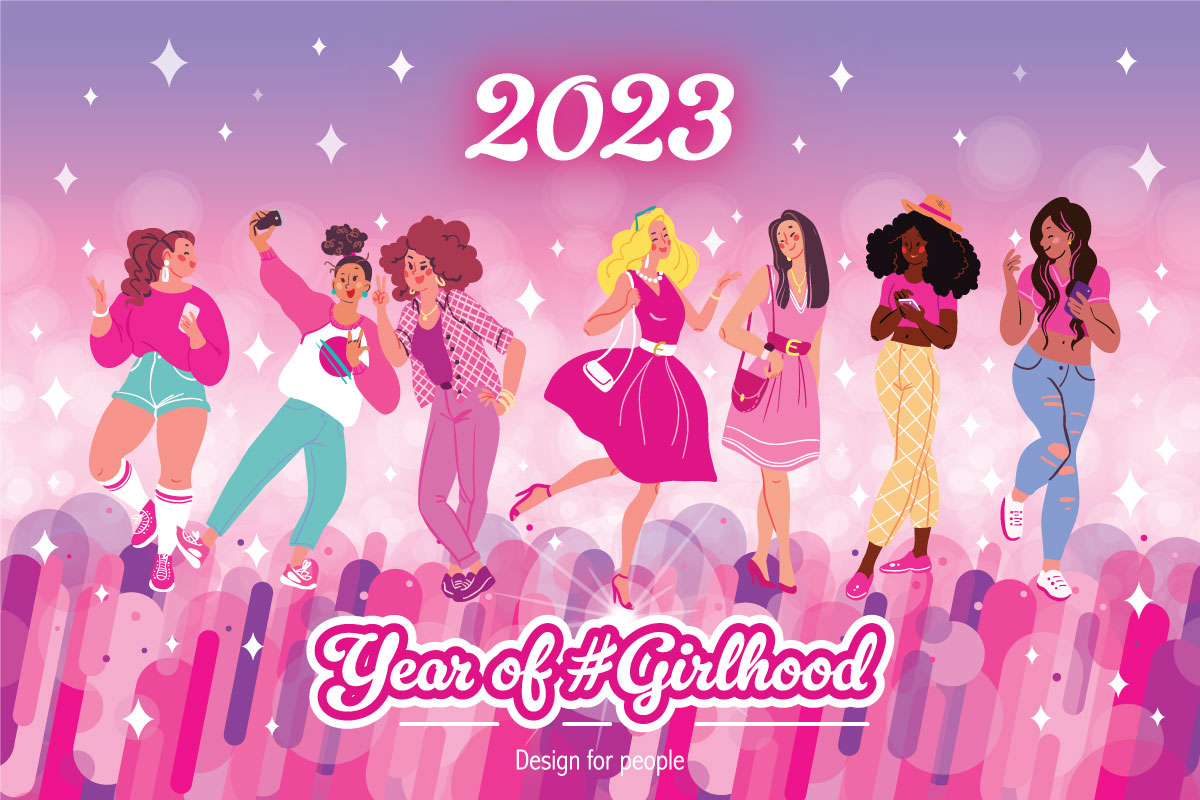User Experience and Digital Tech Trends for 2019
By Nicole Bavis
Over the past few years, we have seen the world of design and technology take on a digital transformation.
By the end of 2018, big businesses began to understand the importance of incorporating empathy into their design and technology in order to improve their users experience. We’ve seen tremendous success with Apple because empathy is integral in the design of their products. When empathy isn’t part of product design strategy we see cases like the unfortunate Google Glass fail with it’s socially awkward, privacy-piercing camera and no real solution for user needs.
When companies give their customers a more personalized experience, it ensures a more specialized approach and makes them feel like they are being heard and included. There is an abundant horizon for what we can expect to see in 2019, in the ever-changing world of digital technology and design. Here are five trends that stand out for us:
“People ignore design that ignores people.”
1. Empathic Design
A truly successful design is when you make an emotional connection with your audience. First impressions count! This involves evoking a positive visceral reaction and earning their trust. This is especially challenging during a time when trust is scarce and it involves respecting people’s personal data.
When a brand is able to emotionally connect with a customer it can lead to more than just a mention, content consumption, or purchase – it can help those customers become brand advocates. This positive energy, especially when plentiful, is where people come together and a difference is made.
“Interactions rarely happen with people we don’t trust.”
We use many tactics in empathic design. The first understands the audience, through research, interviews, prototyping, and iterative design. Next, getting the message right so it resonates with the audience in their language and evokes the desired emotion. For apps and websites, this has created a growing field: user experience writing and editing.
“Empathy is the way we connect with one another, it is the platform for emotion.”
Create engaging content that is emotionally appealing such as video or live streaming video. Storytelling continues to be a solid way towards an emotional connection. Focus on holistic user journeys that are device-agnostic (i.e. journeys that start on one platform like Alexa or TV and end on mobile device or laptop.) Or, if it’s appropriate, use the fast-growing form of augmented reality to help people imagine new ideas in their environment.
Use color theory to determine the appropriate color and determine the right typography to convey the emotion you wish your audience to feel. Following the latest trend? Try out Pantone’s 2019 color of the year: Living Coral or use vibrant colors, rich gradients, and vintage typography. Great empathic design is when your audience can see, hear and feel the emotion you wish to evoke, embrace is as their own, and feel connected to your calling.

2. Design Drives Business
2018 was a year for the general trust collapse in the digital world igniting a general high suspicion of the motives of our digital masters. Good, ethical design can be the trust-builder we all need as people and digital consumers. Business leaders are aware of this dire need in order to invigorate their sales. In 2019, more design executives will join the c-suite and design effectiveness will be measured to inform data-driven design decisions. Designers will deepen their empathy for users while also cultivating empathy for the business.
McKinsey’s study shows there is a high correlation between understanding the customer and financial success of a company, along with four other design actions:
- Measuring and driving design performance with the same rigor as revenues and costs.
- Breaking down internal walls between physical, digital, and service design.
- Making user-centric design everyone’s responsibility.
- De-risking development by continually listening, testing, and iterating with end-users.
3. AI, Machine Learning, and Analytics
The development of modern artificial intelligence (AI) and machine learning is changing the structure of digital technology. The hopes for AI are to go farther beyond common things we think of today such as Alexa and Siri. This technology will be more accessible than ever before and designed to help people everywhere improve their lives.
Today, data analysis is more efficient with machine learning and artificial intelligence. The enhancements of Voice User Interface (VUI) and Robotic Process Automation (RPA) has been integral in making it easier to interact with AI solutions for queries and analytics. This has been a driving force for the advancements made in web analytics, data analytics, and consumer analytics. For marketers this allows for greater personalization and unique user journeys. This will likely improve personalization in campaigns in 2019. This new technology can give customers the unique products and services that are exactly what they want or need.
With 40% of large businesses adopting chatbots by the end of 2019, they aren’t going away anytime soon. They offer customers a fast and easy way to solve common tasks without having to dial through excruciatingly long and irrelevant phone menus. Thankfully, major improvements are being made in natural language processing and sentiment analytics. Many offer personalized service and some even have humor and personality that mimic human emotion.
Sales for smart home assistants like Alexa, Google Home line, Cortana are exploding. Deloitte Global predicts the industry for smart speakers will be worth $7 billion in 2019, selling 164 million units at an average selling price of $43.
Designing for VUI demands an emphasis on emotional and empathic design and applying it to a user experience based on command and control (not on having long conversations). By allowing people to give verbal commands for common tasks, these smart speakers have changed the lives of many mobility-, visually-, or cognitively-impaired people by helping them do every day tasks much easier.
“Voice user interfaces don’t solve any NEW problems… yet. But they solve existing problems in novel ways that significantly improve life for many individuals.”
What does this mean for marketers? A screenless, auditory brand experience must be created for an at-home audience. Voice search will make it more difficult to show up as one of a few search results. Results will be increasingly location-based, informational or educational. Few purchases will be made without moving to a screened device to complete.
Despite its popularity and skyrocketing sales predictions, there are still some inherent trust and security concerns about bringing AI into our homes. A new global study shows that while there is optimism about the benefits of AI, consumers also express fear and confusion about how businesses use AI to engage them today.
The way forward here lies not only with good empathic design, but increased transparency about providers’ motives… and greater consumer control over his / her own data and privacy. What has changed in the current landscape (and the 2016 election, Facebook opacity re: motives and intentions, and dystopic social media have all been big propellants) is that consumers no longer see digital advances as net glorious and positive. They are, like whisky, easily abusable and harmful. They can be scary or fraudulent. Companies that design digital experiences ignore those proletarian heebie-jeebies at their peril.
4. Head in the Clouds
Most of us have had all kinds of experiences with the cloud – good and bad. Technology like this has many different layers and can be hard to understand because people cannot see all their information at once and don’t have the proper tools to analyze it. In 2019, we will see more from big companies such as Amazon Web Services (AWS) and Microsoft Azure. Leaders in this transformation are working towards making every day technology more accessible and personalized while providing private and more secure cloud storage than before. The experience that their marketing teams and developers are creating for users will make it easy to use and filter their data on multiple devices. This new experience with the cloud ensures a more protected, personalized, and private approach to what customers were getting before.
5. Faster network with 5G Mobile
We will see a shift in networks to 5G Mobile. Not only will this network be faster than anything before, it will bring a new realm of possibilities for communication. Imagine being able to communicate with your customers through a holograph – with a 5G network this will be possible. With the ability to download large amounts of information in just a few seconds, 5G networks will be able to bring customers and businesses together no matter where they are.
We’ve highlighted five of our favorite trends to watch for in 2019 but there surely will be many more – self-driving cars, IoT to name a few! We’re excited to see what the new year will bring!








